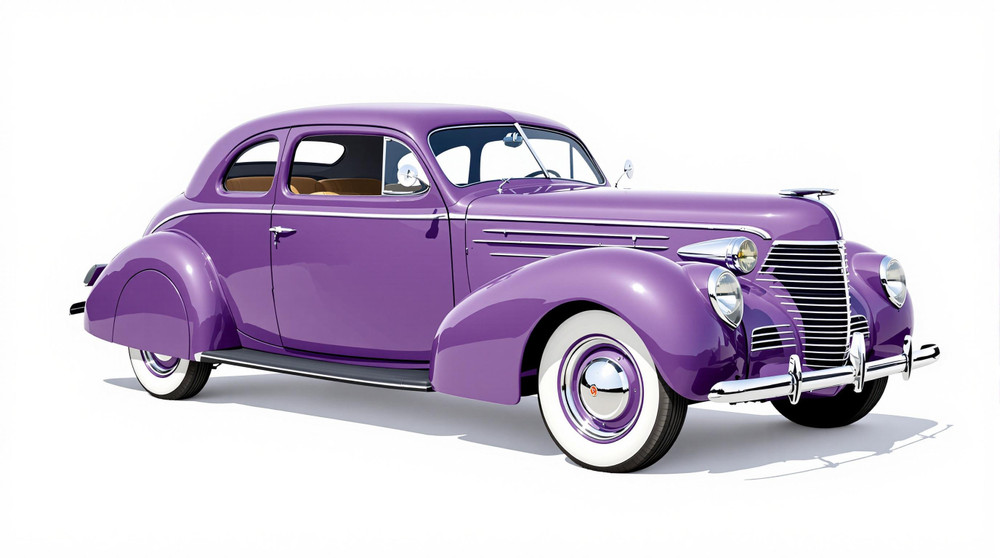Image of 1937 Cord 812, Note: These illustrations use artistic license and may differ from actual historical models.
Performance Metrics
Fundamental Metrics
Emotional Appeal
MMP Rating
| Engine Specifications | |
|---|---|
| Engine: | Lycoming V8 |
| Displacement: | 288.6 cubic inches (4.7 liters) |
| Horsepower: | 125 horsepower |
| Torque: | Not available |
| Compression Ratio: | 6.5:1 |
| Ignition System: | Battery and coil |
| Cooling System: | Water-cooled |
| Performance Specifications | |
| 0-60 Time: | Estimated 15 seconds |
| 1/4 Mile Time: | Not available |
| Top Speed: | 80-110 mph |
| Transmission and Drive | |
| Drive Type: | Front-wheel drive |
| Transmission Type: | 4-speed preselector semi-automatic |
| Fuel and Efficiency | |
| Fuel System Type: | Carburetor |
| MPG: | Not available |
| Dimensions and Brakes | |
| Brakes: | Hydraulic drum brakes |
| Wheelbase: | 125 inches |
| Weight: | 3,700 lbs |
Note: Specifications for classic cars are given to the best of our ability, considering the limited and variant data available.
Unveiling the 1937 Cord 812: A Marvel of Pre-War Innovation
The 1937 Cord 812 often leaves classic car enthusiasts in awe with its blend of art deco styling and ahead-of-its-time engineering. Born from the creative minds at the Cord Corporation, helmed by the visionary Errett Lobban Cord, this vehicle emerged during an era when automotive design was as much about grandeur as it was about function. The Cord 812's unveiling was nothing short of revolutionary, capturing the imagination of a generation and setting a benchmark for future automotive designs. Among its many accolades, the Cord 812 is celebrated for being one of the first American front-wheel-drive cars with independent front suspension – a technical marvel that provided it with an edge over its contemporaries.
Design and Innovation: A Symphony of Style and Substance
The exterior of the 1937 Cord 812 is a testament to the marriage of form and function. Its sleek, pontoon fenders, hidden headlamps, and a louvered "coffin" nose created an unmistakable silhouette that turned heads. The interior was equally impressive, with richly appointed materials that exuded luxury. From plush leather seats to wood-grain accents, no detail was overlooked in crafting a cabin that was both comfortable and aesthetically pleasing. Technological advancements were not limited to its drivetrain. The Cord 812 featured a semi-automatic transmission known as the "Electromatic," which allowed drivers to shift gears without a clutch pedal. Color options ranged from understated hues to vibrant tones, with Gunmetal Grey and Cigarette Cream being among the popular choices. Body styles included the Beverly Sedan, Sportsman Convertible Coupe, Custom Beverly, and the iconic Supercharged Phaeton which featured an external exhaust system adding to its sporty allure.
Historical Significance: Shaping the Automotive Landscape
The Cord 812's impact on automotive design cannot be overstated. It challenged conventional aesthetics and mechanical layouts, inspiring automakers to explore new frontiers in both areas. The integration of front-wheel drive not only improved traction but also allowed for a lower profile, influencing car designs for decades to come. Its legacy is evident in how it pushed boundaries and demonstrated that American cars could rival European marques in innovation.
Performance and Handling: A Drive Ahead of Its Time
Performance-wise, the naturally aspirated Cord 812 could achieve a top speed nearing 100 mph—a remarkable feat for its era—with supercharged models pushing even further. Acceleration from 0-60 mph occurred within respectable limits for contemporary standards. Handling was praised for its time; the front-wheel-drive layout provided a nimble response to driver input while navigating through various driving conditions. Driving the Cord 812 was an experience filled with sensory delights—from the throaty hum of its Lycoming V8 engine to the smoothness of its ride quality. Drivers found themselves fully engaged with every shift of the gear lever and turn of the steering wheel.
Ownership Experience: Beyond Mere Transportation
The Cord 812 transcended its role as mere transportation; it became a status symbol. Owners relished using their Cords for everything from daily commuting to weekend show events. While maintenance could be complex due to its unique mechanical systems, those well-versed in pre-war automotive technology found upkeep manageable.
Fun Facts: The Legacy Lives On
The Cord 812 has graced many prestigious collections and has been linked to various celebrities over time. While not designed for racing, its performance characteristics ensured it wasn't out of place on speed tracks either. Criticisms were few but pointed towards its initial teething problems with early production models—issues that were largely resolved in subsequent builds.
Collector's Information: A Coveted Classic Gem
Today, a well-preserved or expertly restored Cord 812 can fetch significant sums in the collector's market. Production numbers were limited—only around 1,174 units were built—and surviving examples are even scarcer. As such, values have steadily appreciated over time with supercharged models commanding premium prices; estimates range from $150,000 to well over $250,000 depending on provenance and condition.
Conclusion: A Testament to Visionary Engineering
The 1937 Cord 812 stands as a testament to visionary engineering and design daringness during an age when automobiles began shaping modern society. It remains an enduring icon that continues to captivate those who appreciate automotive history and craftsmanship—a true masterpiece on wheels that forever altered the course of car design.
1937 Cord 812 Catalog of Parts
 1937 Cord 812 Muffler Cushion. 1-7/16" Square, 1/2" Hole. Each-BC 21Muffler Cushion. 1-7/16" Square, 1/2" Hole. Each
1937 Cord 812 Muffler Cushion. 1-7/16" Square, 1/2" Hole. Each-BC 21Muffler Cushion. 1-7/16" Square, 1/2" Hole. Each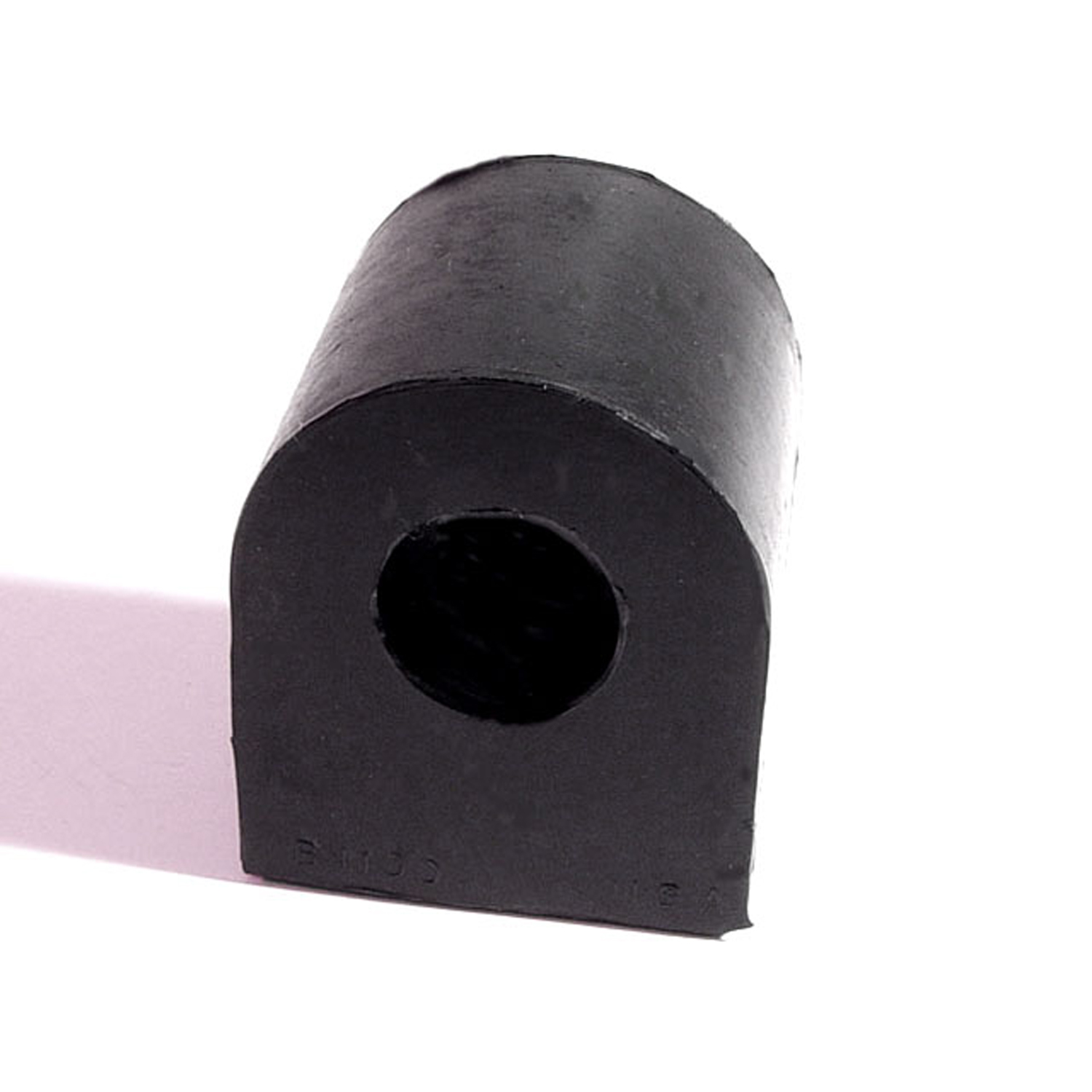 1937 Cord 812 Front Stabilizer Bar Bushing-BN 100Front Stabilizer Bar Bushing. 2-1/24" high X 1-5/8" wide X 1-1/2" long. Each
1937 Cord 812 Front Stabilizer Bar Bushing-BN 100Front Stabilizer Bar Bushing. 2-1/24" high X 1-5/8" wide X 1-1/2" long. Each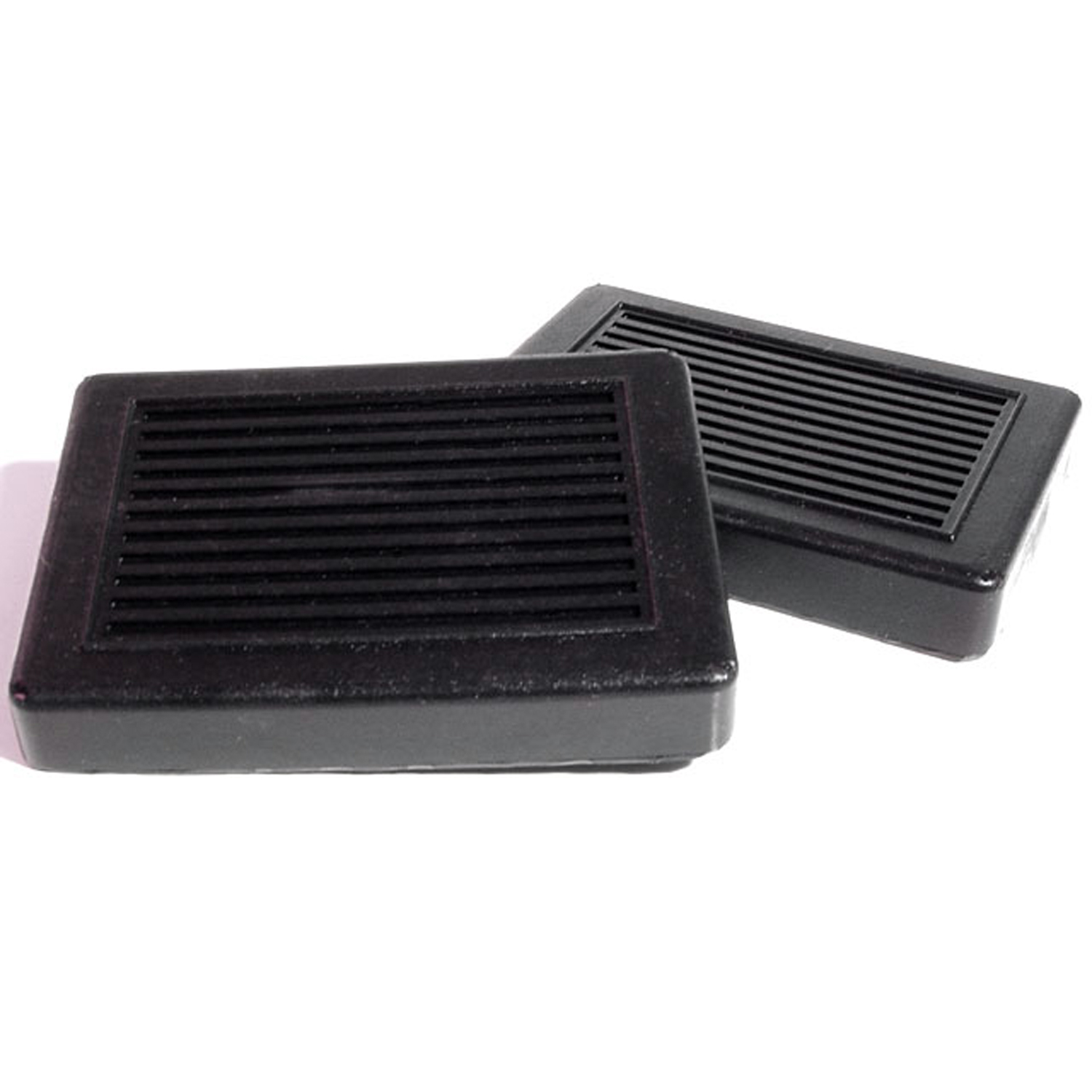 1937 Cord 812 Clutch and Brake Pedal Pads. 3" wide X 3-7/8" long. Pair-CB 21Clutch and Brake Pedal Pads. 3" wide X 3-7/8" long. Pair
1937 Cord 812 Clutch and Brake Pedal Pads. 3" wide X 3-7/8" long. Pair-CB 21Clutch and Brake Pedal Pads. 3" wide X 3-7/8" long. Pair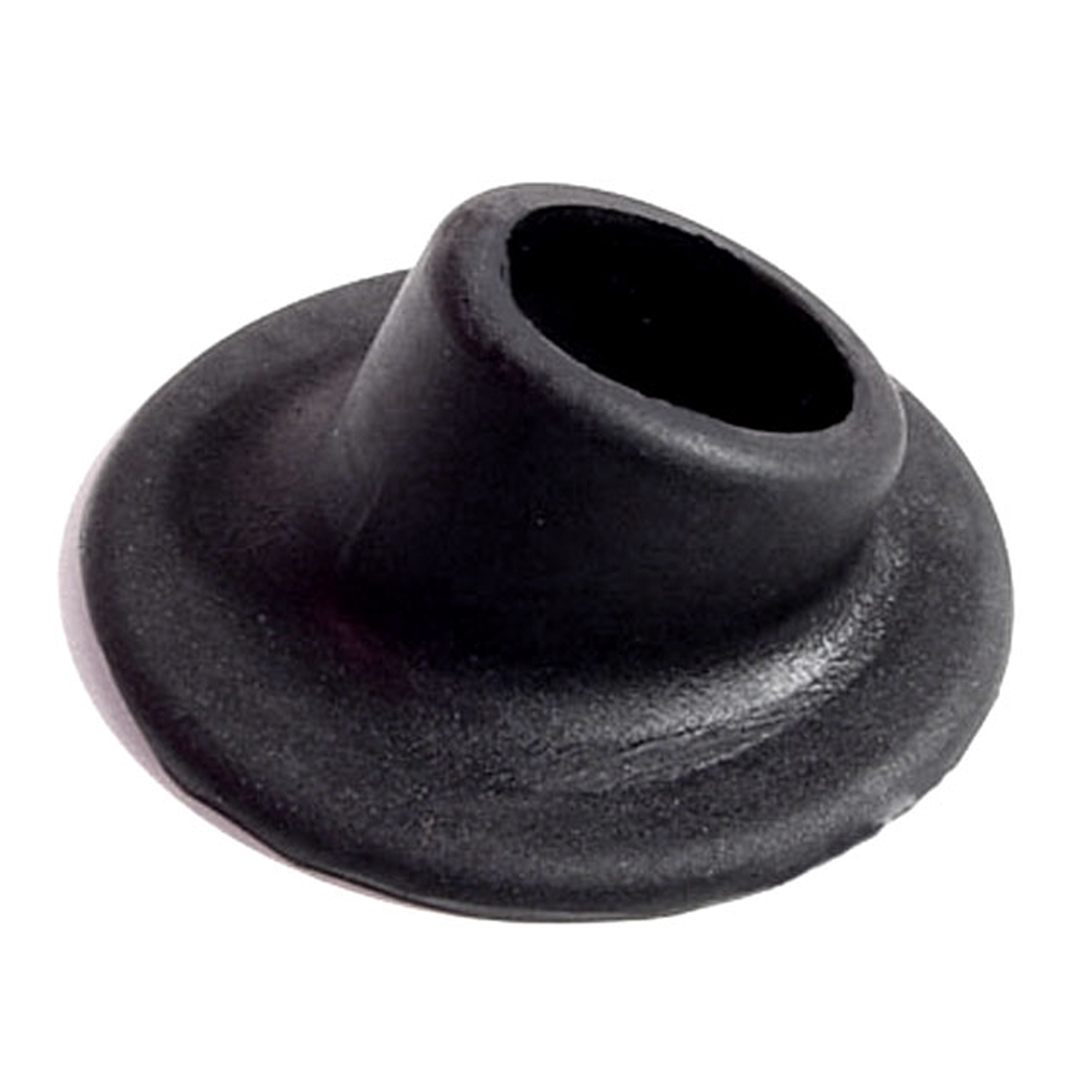 1937 Cord 812 Headlamp Cable Grommet. 9/16" I.D., 1-5/16" O.D. Each-CG 32Headlamp Cable Grommet. 9/16" I.D., 1-5/16" O.D. Each
1937 Cord 812 Headlamp Cable Grommet. 9/16" I.D., 1-5/16" O.D. Each-CG 32Headlamp Cable Grommet. 9/16" I.D., 1-5/16" O.D. Each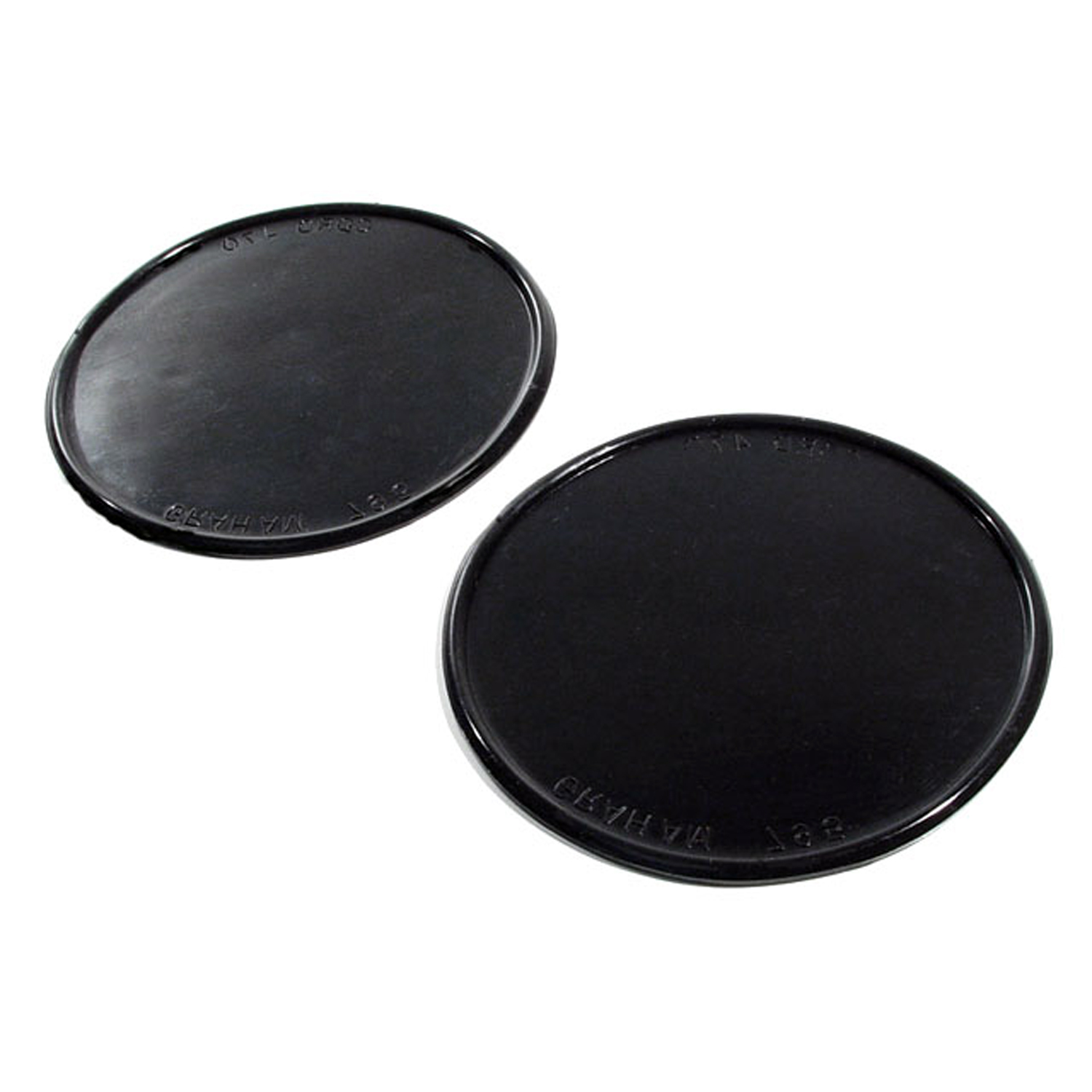 1937 Cord 812 Tail-light Base Pads. Uniform thickness. 5-1/8" O.D-MP 470Tail-light Base Pads. Uniform thickness. 5-1/8" O.D. Pair
1937 Cord 812 Tail-light Base Pads. Uniform thickness. 5-1/8" O.D-MP 470Tail-light Base Pads. Uniform thickness. 5-1/8" O.D. Pair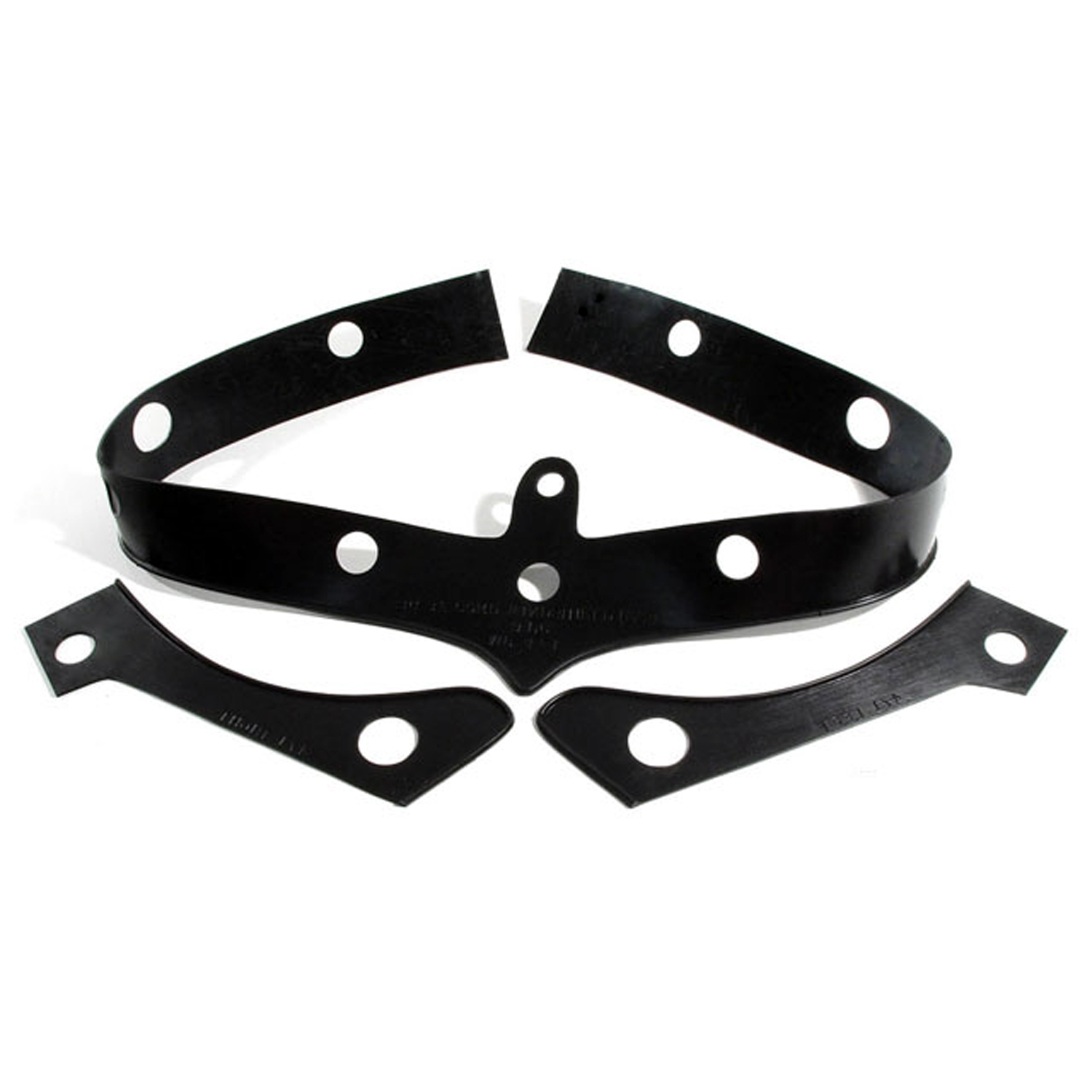 1937 Cord 812 Windshield Base Pad. Made in three pieces For Cord Convertible. Each-MP 471Windshield Base Pad For Cord Convertible. Made in three pieces. Each
1937 Cord 812 Windshield Base Pad. Made in three pieces For Cord Convertible. Each-MP 471Windshield Base Pad For Cord Convertible. Made in three pieces. Each 1937 Cord 812 License Bracket Pad. 5" wide X 4-1/5" long. Each-MP 472License Bracket Pad. 5" wide X 4-1/5" long. Each
1937 Cord 812 License Bracket Pad. 5" wide X 4-1/5" long. Each-MP 472License Bracket Pad. 5" wide X 4-1/5" long. EachWhy Choose Metro?
For over 100 years, Metro Moulded Parts has been the pinnacle of quality in classic car restoration parts. Our commitment to precision and authenticity in every component ensures a perfect fit and an OEM-level appearance.
- Expert Craftsmanship & Quality: Each part is a testament to our dedication to reliability and perfection, crafted from original designs and thoroughly tested.
- Advanced Technology: We use cutting-edge techniques to create flawless, long-lasting parts that surpass others in performance.
- SuperSoft Sponge – The Ultimate Door Seal: Not only are our door seals 30% softer than competitors', but they're also guaranteed to never leak. They effectively reduce wind and road noise, enhancing your classic car's comfort and driving experience.
- Proudly American: Our parts are a product of American craftsmanship, made in the USA with a spirit of excellence and heritage.
- Unrivaled Warranty: We back our products with a 30-year industry-leading warranty, a testament to our confidence in their quality.
Join us in preserving the legacy of classic cars with parts that are crafted for perfection, not just made.

